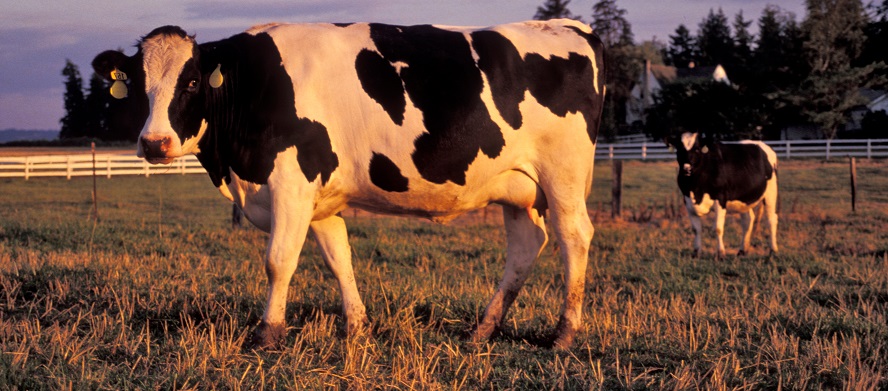Antimicrobial resistance (AMR) is a major global threat of increasing concern to human and animal health.
It also has implications for both food safety and food security and the economic well being of millions of farming households.Food plays an important role in the development and spread of AMR. The presence of AMR microorganisms in agricultural production systems and food chains is a potential route of exposure for everyone. Good hygiene practices in agriculture, fundamental in achieving food safety, are also key to addressing antimicrobial resistance.
The role of Codex in AMR
Microorganisms (bacteria, parasites, viruses and fungi) in food are potential food safety hazards. The relationship of the use of antimicrobials (agents that can kill microorganisms or stop them from growing) in food-producing animals and the emergence of resistant microorganisms in the food chain is a concern and has been the subject of numerous national and international consultations.
The extent to which the use of antimicrobial agents in food animals (including aquaculture), horticulture or humans contributes to antimicrobial-resistant microorganisms in humans varies between the different microorganisms and different regions.
When humans ingest antimicrobial-resistant microorganisms in food, some species of microorganisms may cause illness. These and other species may also serve as a source of transferable resistance determinants for other microorganisms, including human pathogens.
In recognising the need for a more general and multidisciplinary response to deal with AMR, in 2006 Codex established a first Task Force on Antimicrobial Resistance to develop science-based guidance on how to assess and manage the risks to human health associated with the presence in food and feed (including aquaculture) and the transmission through food and feed of antimicrobial resistant microorganisms.
A second Task Force, recently established in response to the increased global attention to the serious threat of AMR to public health, will develop science-based guidance to enable coherent management of antimicrobial resistance along the food chain.
Other Codex texts on veterinary drugs and their residues, food hygiene, animal feed, also contribute to tackle AMR by preventing the development and minimizing the transmission of AMR through the food chain.
Related Content
CXC 61-2005
Code of Practice to Minimize and Contain Foodborne Antimicrobial Resistance
TFAMR
2005
CXG 77-2011
Guidelines for Risk Analysis of Foodborne Antimicrobial Resistance
TFAMR
2011
CXG 94-2021
Guidelines on integrated monitoring and surveillance of foodborne antimicrobial resistance
TFAMR
2021
Showing 1 to 3 of 3 entries
 Related News
Related News

Tailored animal nutrition and feed strategies can lead to a significant reduction in antimicrobial usage
 Key facts
Key facts
 How do Codex standards help combat antimicrobial resistance (AMR)?
How do Codex standards help combat antimicrobial resistance (AMR)?
The Codex Alimentarius leads the way
with science-based international food safety standards, guidelines and codes of practice on AMR.






